Outside of being a fun word to say, most people might raise eyebrows wondering what in the world is “slurry”? It’s certainly not a conversation starter if you want to be fun at parties.
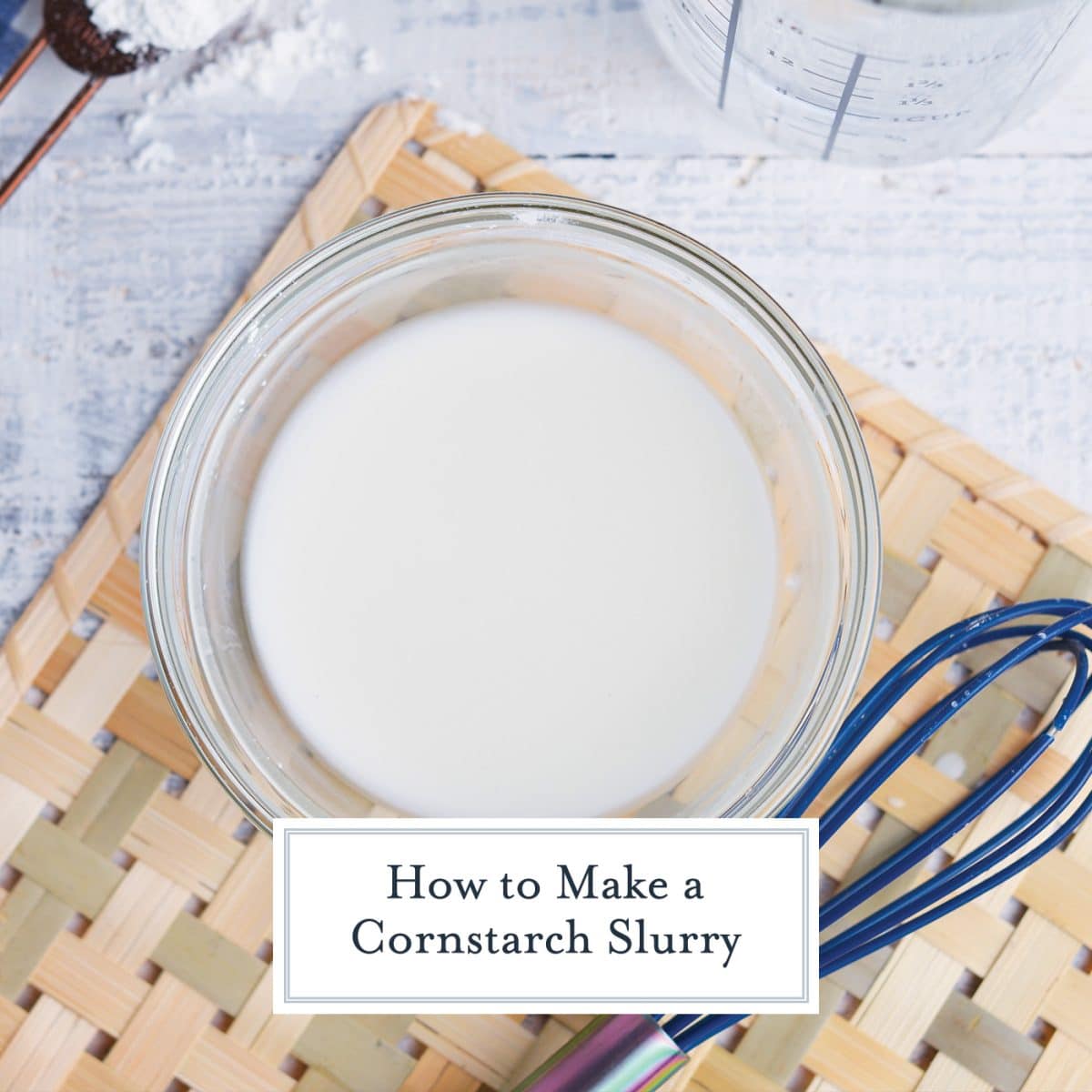
The reality is, though, that liquid slurries are the goodness that make lots of popular foods fun. Want a good, thick soup or an even greater gravy? Slurry is your answer.
What’s great about it, too, is that it’s such a super simple staple to cooking. It’s merely a starch added to cold water before you toss it into anything you want to thicken from chicken gravy to beef stew.
What is Slurry?
Most slurries are made with flour or cornstarch, but you can easily do your own rendition. Use arrowroot, potato starch, or your own preferred starch substitute to make your slurry mixture.
You can also add ingredients other than water to your starch — try apple cider or pan drippings. You can even add bone broth — whatever you want to add extra flavor.
But it isn’t only used in cooking, it is also commonly used in construction. It refers to a semiliquid mixture, typically of manure, cement, or coal suspended in water.
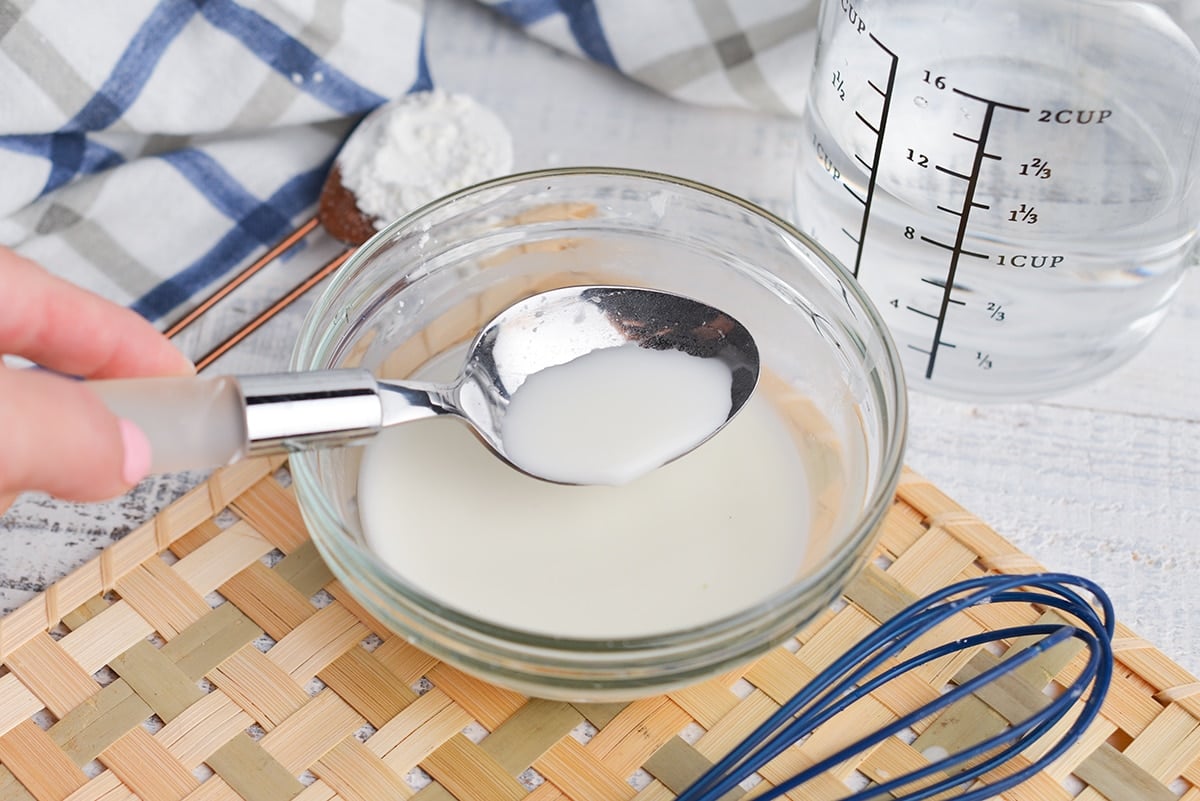
Why Use a Slurry?
It’s simple — if you just simply add starches to your recipe as a thickening agent, like flour or cornstarch, they’ll often just clump and make your cooking life harder.
This process makes it easier to mix it in without the suspension of solid particles in your otherwise amazing soup or stew. No one wants starch clumps in their stew or gravy, right?
Instead, if you add starch to water and mix it to fully combine? You can add that to anything to make it the most thick, silky, decadent version of the recipe you have going on the stove.
The next time you want a rich soup or a smack-your-mama it’s-so-good gravy, look to this to add that secret ingredient to your best dishes.
How to Make a Cornstarch Slurry
Make sure you’re not trying to do equal parts — a cornstarch slurry is merely a 1:2 ratio, meaning one part cornstarch to two parts liquid. One tablespoon of cornstarch to two tablespoons of water will get you a quick small slurry — just whisk it all together until it’s the smooth desired consistency.
Want more? Increase the amount based on the ratio. The beauty is that it is so easy to mix up quickly.
You might need to experiment a bit depending on what you’re making. If you’re making a small batch of gravy for your family when cooking a weeknight roasted chicken with gravy, this simple amount might be enough — obviously if the whole family is over for Thanksgiving it will need to be more.
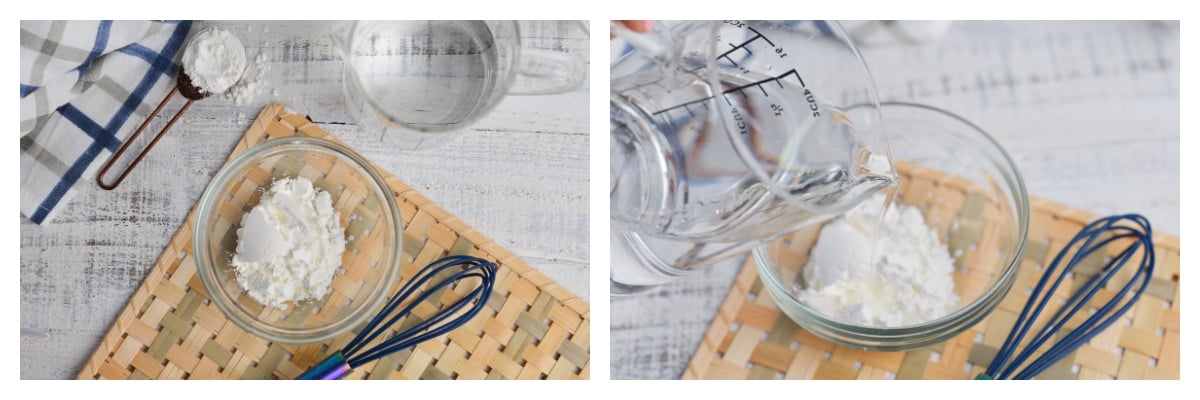
How to Make a Flour Slurry
The beauty of using flour is that it’s the exact same ratio. Use half of the amount of flour as you do water.
The only difference between the two is that the flour will have a more opaque finish while the cornstarch will be more translucent. Flavor-wise, the two are similar.
Important for both, though, is that they are mixed until completely smooth to desired constency. Using cold water — not hot liquid) will help to ensure that for either.
Uses for slurry
Don’t confuse a slurry with a roux. The main differences between the two is that roux uses fat (like butter) and a slurry uses other liquid — you’ll use a roux for something like a creamy baked mac and cheese. A slurry is best used in other dishes like these:
- Soups
- Stews
- Gravy
- Pie filling
Can I make a slurry ahead of time or reuse it?
Fresh slurry is the way to go — slurries are going to tend get even thicker or harden over time. It’s best to make it as needed — it doesn’t store well. The good news is that you can whisk it together while your other ingredients are heating.
If you’ve tried this recipe, please come back and let us know how it was in the comments or ratings.
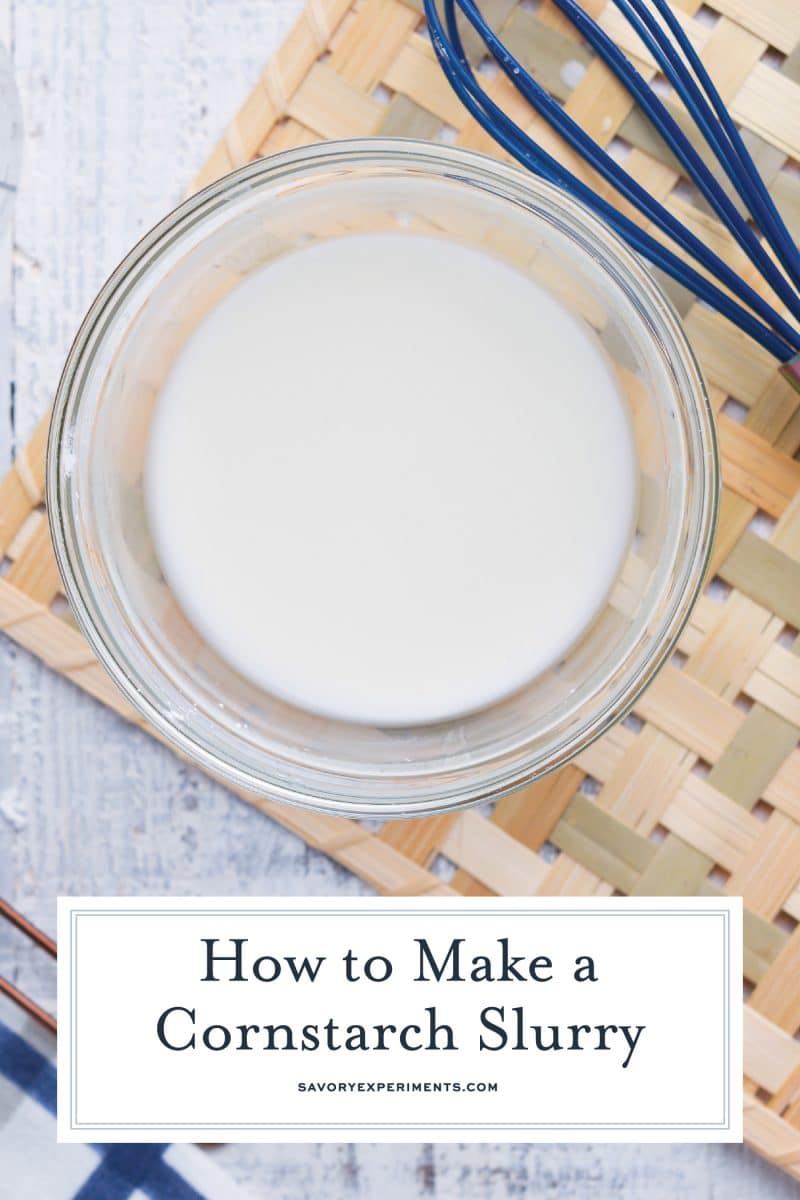
How to Make Slurry
Equipment
Ingredients
- 1 tablespoon flour or cornstarch
- 2 tablespoons water
Instructions
- In a small bowl, whisk together the cornstarch or flour with water.
- Slowly whisk the slurry into the hot liquid you are trying to thicken. Add a small amount at first, wait a few minutes and then add more as needed.
- Tell us what recipes you've used this in in the comments!
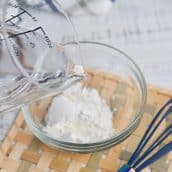

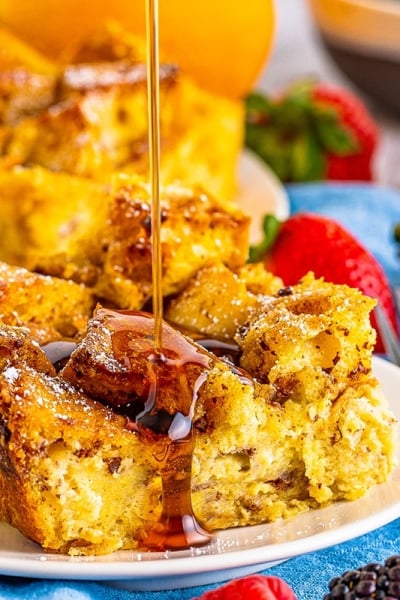
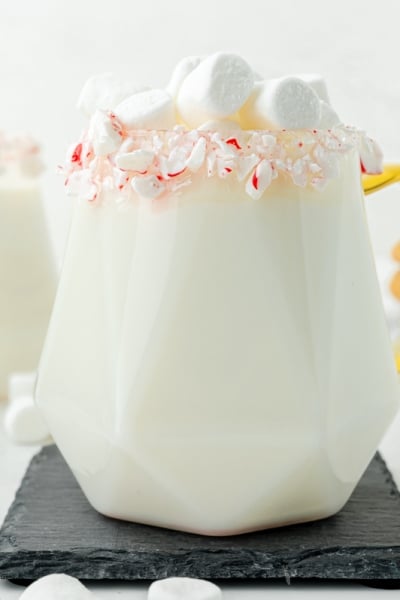

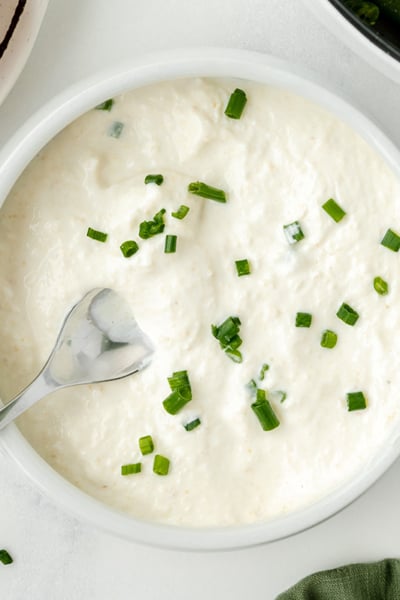
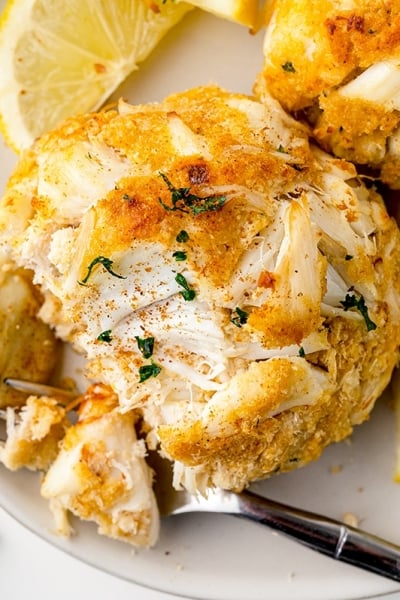
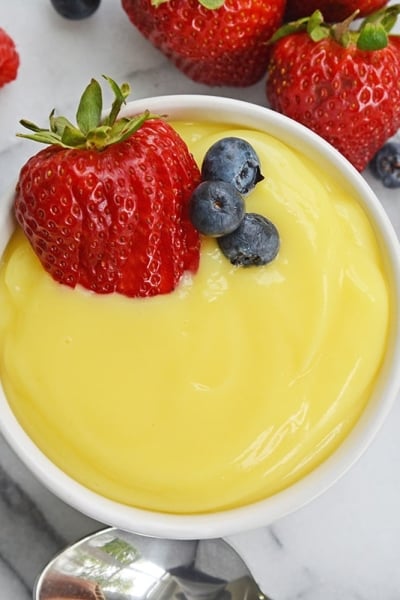

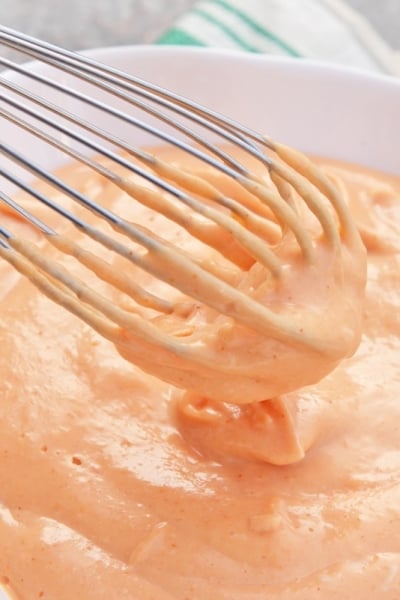
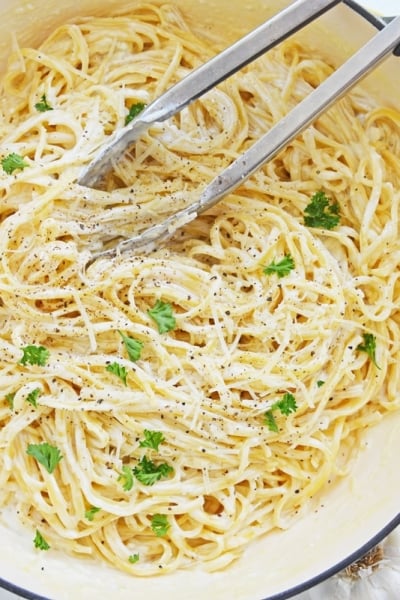
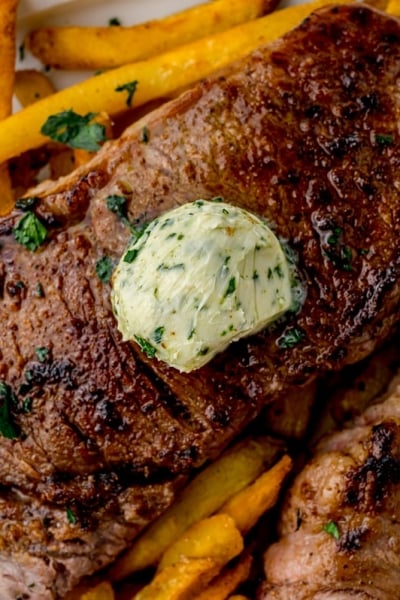







Ingredients say “corn starch”, instruction #2 says ‘corn starch”, and detailed instructions #2 say “cornstarch”, but the method (How to Make Vanilla Custard) says “corn starch slurry” which links to a page talking about “corn starch, flour and water.” What is the ingredient, and how much flour and how much water? Obviously, I’m new at this. Greg
You can use either cornstarch or flour- we just link to it for more information.
I like how simple and easy to make this. Thanks for sharing this with us!
This is so informative! I use these all the time to thicken sauces and soups.
This article is very informative and now I know how to make a slurry, thanks a lot for sharing this with all the details.
Super helpful! I always come across recipes that say “make a simple slurry” and now I know exactly how to make one! Can’t wait to add thickness to my sauces and soups with this guide. Thanks for the tips!
Nice instructions for making a slurry. Even an old dog like me can learn a new trick!
This is a very in depth and informative tutorial for making a slurry. Thanks for sharing the ratios!